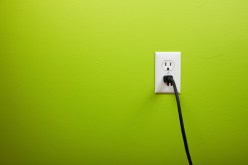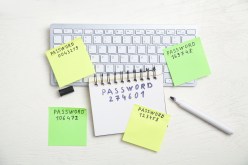Understanding Telephone Area Codes in the USA: A Comprehensive Guide
In today’s digital age, communication has become easier than ever. However, even with the rise of smartphones and internet calling, traditional telephone systems still play a crucial role in our everyday lives. When making a phone call within the United States, it’s essential to understand telephone area codes. In this comprehensive guide, we will explore everything you need to know about telephone area codes in the USA.
What are Telephone Area Codes?
Telephone area codes are numerical prefixes used to identify specific geographic regions within a country or territory. In the case of the United States, these three-digit codes help route calls efficiently across different states and cities. Each area code represents a particular region, allowing callers to dial the correct number and connect with their desired destination.
How are Telephone Area Codes Assigned?
The North American Numbering Plan (NANP) is responsible for assigning and managing telephone area codes across North America, including the United States. The NANP divides regions into different numbering plan areas (NPAs), each represented by an area code. The assignment of area codes is based on various factors such as population density, geographical boundaries, and telecommunications infrastructure.
When new area codes are needed due to population growth or increased demand for phone numbers, a process called an overlay is often implemented. An overlay adds a new area code to an existing region without affecting existing numbers. This ensures that everyone within that region can maintain their current phone numbers while accommodating new subscribers.
Understanding Telephone Area Code Formats
Telephone area codes in the USA follow a standard format of three digits ranging from 200 to 999. The first digit of an area code cannot be zero or one since these numbers are reserved for special purposes like toll-free numbers (e.g., 800) or emergency services (e.g., 911). The second digit can range from two to nine, while the third digit can be any number from zero to nine.
For example, the area code “212” is associated with New York City, while “310” corresponds to Los Angeles. It’s important to note that some area codes may cover multiple cities or even entire states, while others may be specific to smaller regions or towns.
Finding Telephone Area Codes
With thousands of area codes in the USA, it can be daunting to keep track of them all. However, there are several resources available that make finding telephone area codes a breeze. One of the simplest ways is by using online directories or search engines dedicated to telephone numbers. These platforms allow users to enter a city or state name and instantly retrieve the corresponding area code.
Another reliable resource is the official website of the NANP, which provides comprehensive information about telephone numbering plans across North America. Additionally, many mobile applications and smartphone contact lists automatically display area codes based on your location or contacts’ information.
Conclusion
Understanding telephone area codes in the USA is crucial for effective communication within and across different regions. By familiarizing yourself with these three-digit numerical prefixes and utilizing available resources, you can easily navigate through the complex world of telephone systems and ensure seamless connections wherever you go.
This text was generated using a large language model, and select text has been reviewed and moderated for purposes such as readability.





